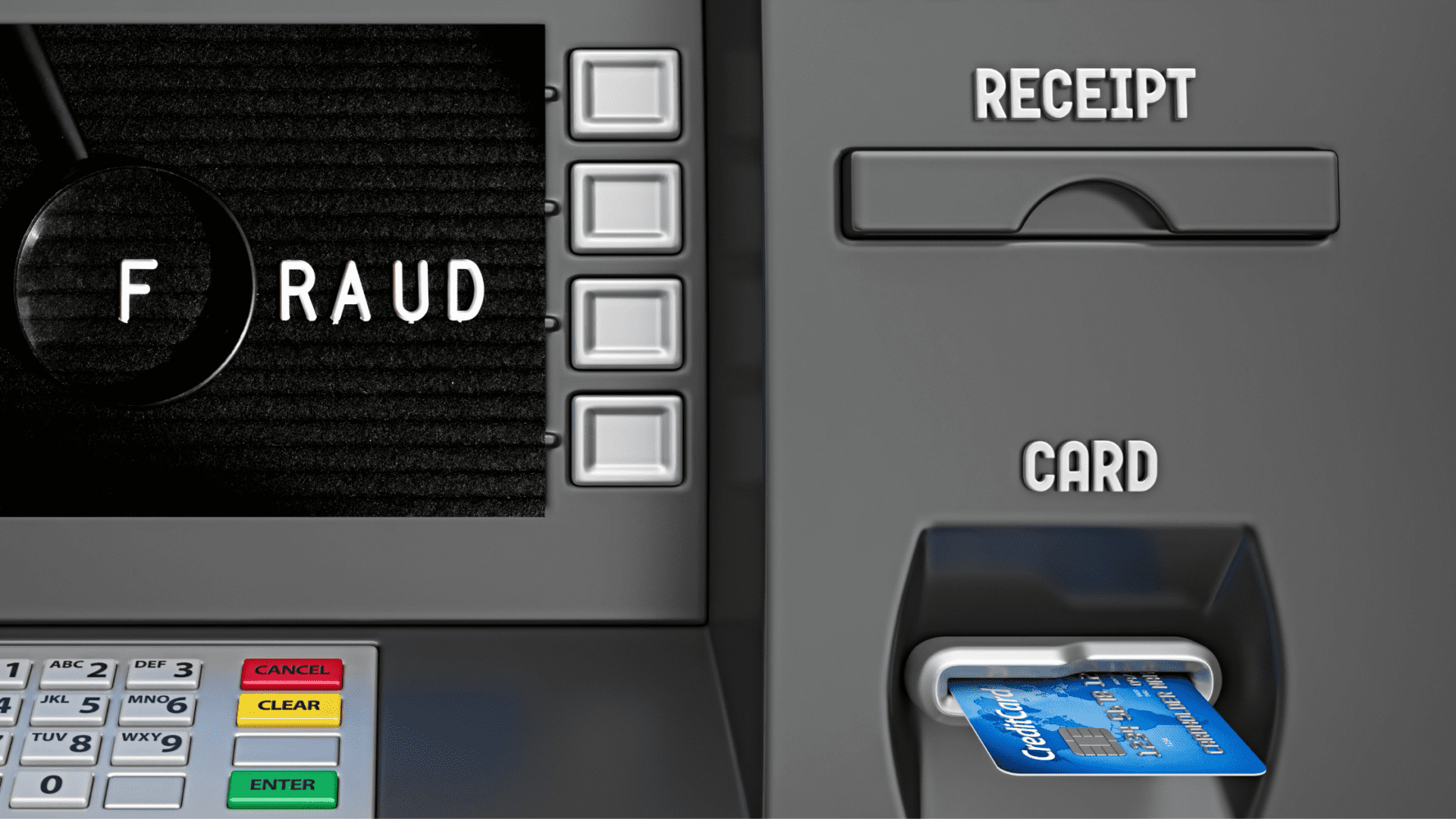Credit scores have long been a cornerstone of finance, influencing decisions from mortgage approvals to credit card limits. Understanding their historical development offers valuable insights into the financial systems that underpin today’s lending practices.
Early Credit Assessment: Trust and Reputation
As traced by Begini, creditworthiness in the 19th Century was primarily assessed through personal reputation and community standing.
The Mercantile Agency, established in 1841 following the economic recession of the late 1830s, is recognized as one of the first organized credit reporting agencies in the U.S.
It collected data on businessmen to inform lending decisions, relying heavily on subjective judgments about character and reliability. The agency’s correspondents would seek answers to questions such as: “Is he a man of fair character and good business habits?”
This approach, while innovative for its time, was inherently subjective and often biased.
By the early 20th century, the proliferation of retail credit led to the formation of numerous local credit bureaus. These entities gathered information from department stores and other retailers, sharing data about consumers’ payment histories.
The Birth of FICO and Statistical Scoring
Wired chronicles the next phase of development. A significant shift occurred in 1956 when engineer Bill Fair and mathematician Earl Isaac founded Fair, Isaac and Company (FICO). They introduced a statistical approach to credit assessment, aiming to replace subjective judgments with data-driven analysis.
Their chief innovation was using computer-driven statistical analysis to translate people’s personal details and financial history into a simple score, predicting how likely they were to pay back loans.
In 1989, FICO launched its first general-purpose credit score, providing lenders with a standardized tool to evaluate credit risk. This model became widely adopted, especially after Fannie Mae and Freddie Mac began requiring FICO scores for mortgage applications in 1995. According to Investopedia, this adoption marked a significant shift in the mortgage lending industry.
Fair Credit Reporting Act (FCRA): Establishing Consumer Rights
The expansion of credit reporting and scoring necessitated regulatory oversight to protect consumers. The Fair Credit Reporting Act (FCRA) of 1970 established guidelines for the collection and use of consumer credit information, promoting accuracy and privacy. As detailed by the Federal Trade Commission, the FCRA was intended to shield consumers from the willful and/or negligent inclusion of erroneous data in their credit reports.
Further protections were introduced with the Equal Credit Opportunity Act (ECOA) of 1974, which prohibited discrimination in credit transactions based on race, gender, religion, and other factors. These laws laid the groundwork for a more equitable credit system.
VantageScore: An Alternative to FICO and Greater Consistency
In 2006, the three major credit bureaus—Equifax, Experian, and TransUnion—collaborated to create VantageScore, offering an alternative to FICO’s dominance. VantageScore aimed to provide a more consistent scoring model across bureaus and to score more consumers, including those with limited credit histories.
In analyzing this new yardstick, Investopedia, explains that VantageScore models operate on data stored in the consumer credit files maintained by the three national credit bureaus and use statistical analysis to predict the likelihood a consumer will default on a loan.
Both FICO and VantageScore have continued to evolve, incorporating new data and methodologies to improve predictive accuracy and inclusivity. For instance, a 2017 update introduced trended data analysis, examining a consumer’s credit utilization rates over time rather than just the most recent billing cycle. Further clarified by VantageScore, this version also reduced the weight of medical accounts in collections and excluded paid collection accounts from score calculations.
“Credit Invisible” and Other Gaps in Scoring Systems
Despite advancements, challenges remain in ensuring that credit scoring systems are fair and inclusive.
The Consumer Financial Protection Bureau (CFPB), for example, cites an unfortunate gap. It has identified a significant portion of the population, often referred to as “credit invisible,” that lacks sufficient credit history to generate a score, limiting their access to financial products.
Efforts are underway to incorporate alternative data sources, such as utility payments and rental history, to better assess creditworthiness for those with limited traditional credit data.
Further, the CFPB notes, the integration of artificial intelligence and machine learning holds promise for more nuanced and equitable credit assessments.
The Ongoing Evolution of Credit Systems
The evolution of credit scores reflects a broader shift toward data-driven decision-making in finance. From subjective assessments to sophisticated algorithms, credit scoring has transformed the lending landscape.
As the financial services industry continues to innovate, balancing accuracy with fairness will be crucial to ensuring that credit systems serve all consumers equitably.



















